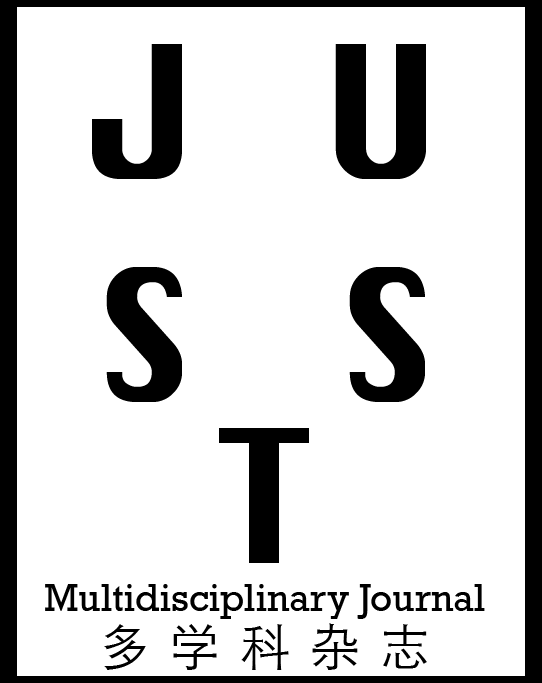Dr.Kahtan Adnan Abdullah
Senior pediatrician F.I.B.M.S,JAR pediatric teaching hospital Suliamania.
Dr. Mohammed Ahmed Jassim Alogaidi, Dr.Raed Jabbar Hussain
FIBMS Pediatrics, Al-Elwiya pediatric teaching hospital, Baghdad- Alrusafa/Health Directorate, Ministry of Health and Environment, Baghdad, Iraq.
Study Tanner staging of β- thalassemic patients attending thalassemic Center in Ibn Al-Atheer Teaching Pediatric Hospital
Authors
Abstract
Purpose: determine any relationship between tanner staging of the patients and transfusion program, iron overload and chelation therapy and study tanner staging of β- thalassemic patients attending Thalassemic Center in Ibn Al-Atheer Teaching Pediatric Hospital. Patients and Methods: A descriptive-analytic study (case series study) was done on β- thalassemic patients attending Thalassemia Center in Ibn Al- Atheer Teaching Hospital in Mosul, during the period from the 1st of January to the 30th of June 2019.Sixty patients with β- thalassemia, 45 of them are β- thalassemia major cases and 15 are β- thalassemia intermedia cases. The patients of the major type were sub-classified into 3 groups according to their ages: Group 1, Patients from the age of ≥ 13 years; Group 2, Patients from the age of 14 years to 16 years and Group 3, Patients from the age of more than 17 years. Results: current study showed male (77.78, 66.67) % more than female (22.22; 33.33) % in both types of thalassemia (Major and Intermedia) respectively.so the most of the patients in this study live in urban areas (58.33%) and (41.67%) in rural areas, mean age at diagnosis of thalassemia major was 7.16 months, Delayed tanner staging was found in 64.44% of patients with thalassemia major, while in thalassemia intermedia only 33.33% were considered to be on a delayed stage. as well as 4(80%) of Tanner Stage (II) for pateints in age group (≥ 13) years compare to 20% for stage (III), so 50% for both stage (II and III) respectively in age group (14-16) years. Conclusion: Two-third of the patients with thalassemia major had delayed puberty (64.44%), while one- third of the patients with thalassemia intermedia had delayed pubertal development (33.33%).
